Hopper plays the main antagonist in Pixar’s 1998 film A Bug’s Life. As the leader of the grasshoppers, he’s Flik’s arch-nemesis.
Since Pixar Animation Studios released A Bug’s Life in 1998, the animated classic has captured the hearts and imaginations of children and adults. Decades later, audiences remain enthralled by the film’s colorful characters and charming story.
Hopper, the villainous grasshopper voiced by the talented Kevin Spacey, stands out as a memorable character that leaves a lasting impression.
In this blog post, we will delve into Hopper’s importance as an antagonist, his influence on the story, and status as an iconic character in animation.
Hopper’s Lasting Influence: Analyzing A Bug’s Life’s Villain
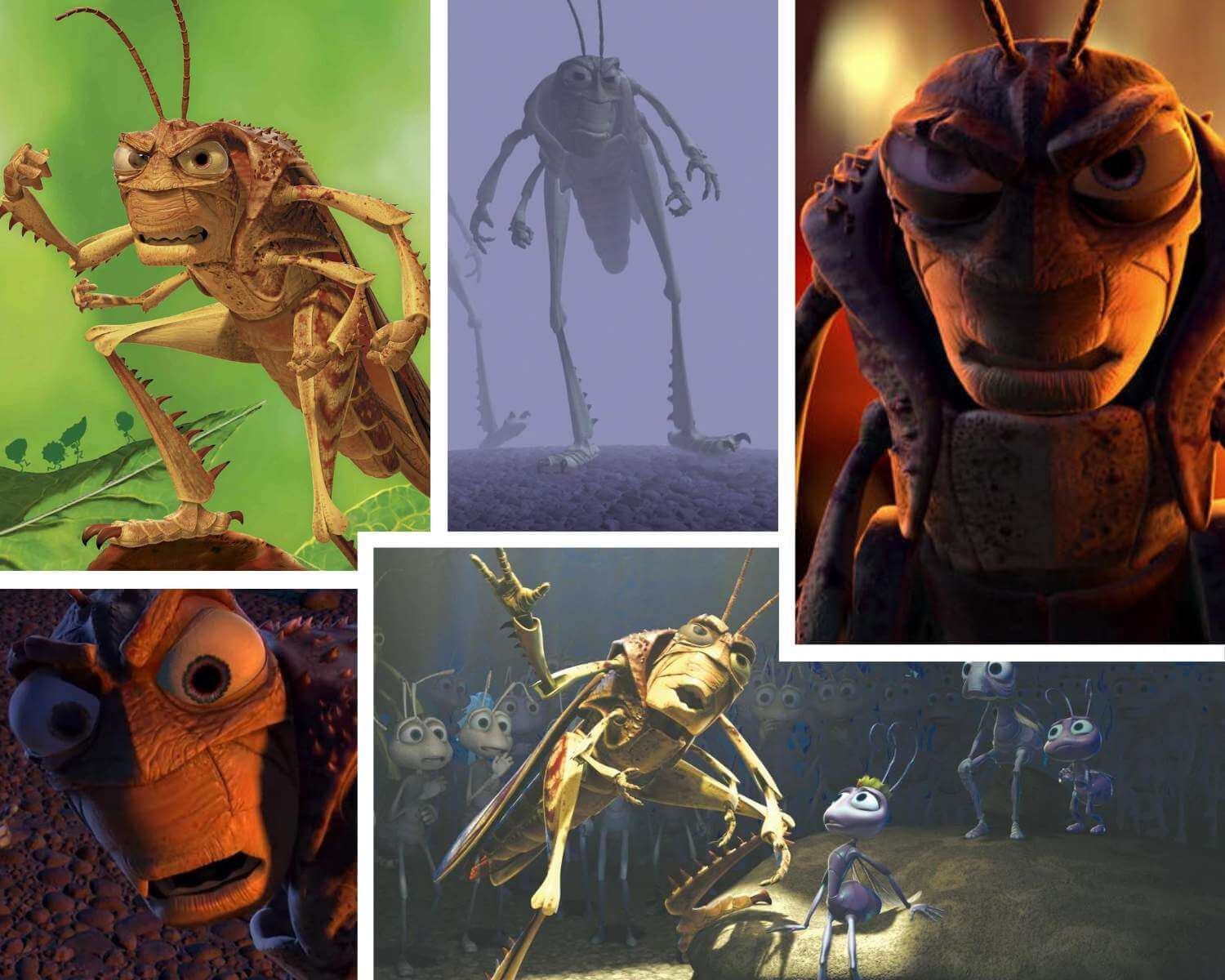
One interesting aspect of Hopper, the villainous grasshopper in A Bug’s Life, is his psychological complexity.
As the leader of the grasshoppers, Hopper employs intimidation and manipulation to control the ant colony, demanding food as tribute.
His character explores themes of power dynamics, oppression, and rebellion, making him a more nuanced antagonist than one might expect in an animated children’s film.
The Importance of a Strong Antagonist
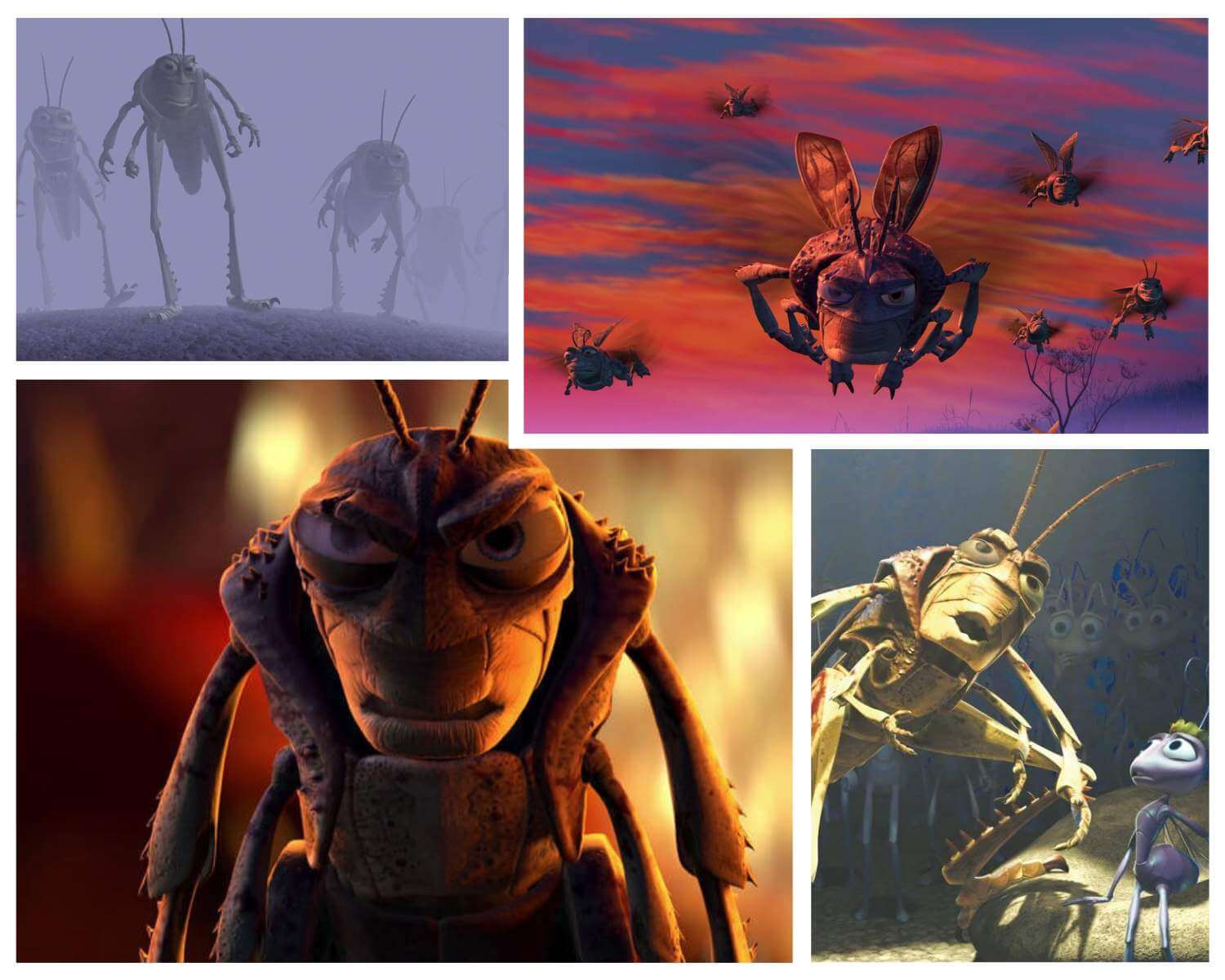
A good story hinges on its villain. Antagonists are critical in propelling the narrative and creating conflict, ultimately shaping and defining the protagonist. In A Bug’s Life, Hopper leads a gang of grasshoppers that terrorize an ant colony.
His ruthless nature and determination to control the ants starkly contrast with the film’s heroes, Flik and Atta.
Hopper’s character proves essential in highlighting themes of oppression, fear, and the struggle for independence. By underscoring these themes, the film transcends a simple, lighthearted animated adventure and delves into deeper issues that resonate with audiences of all ages.
An Unforgettable Villain
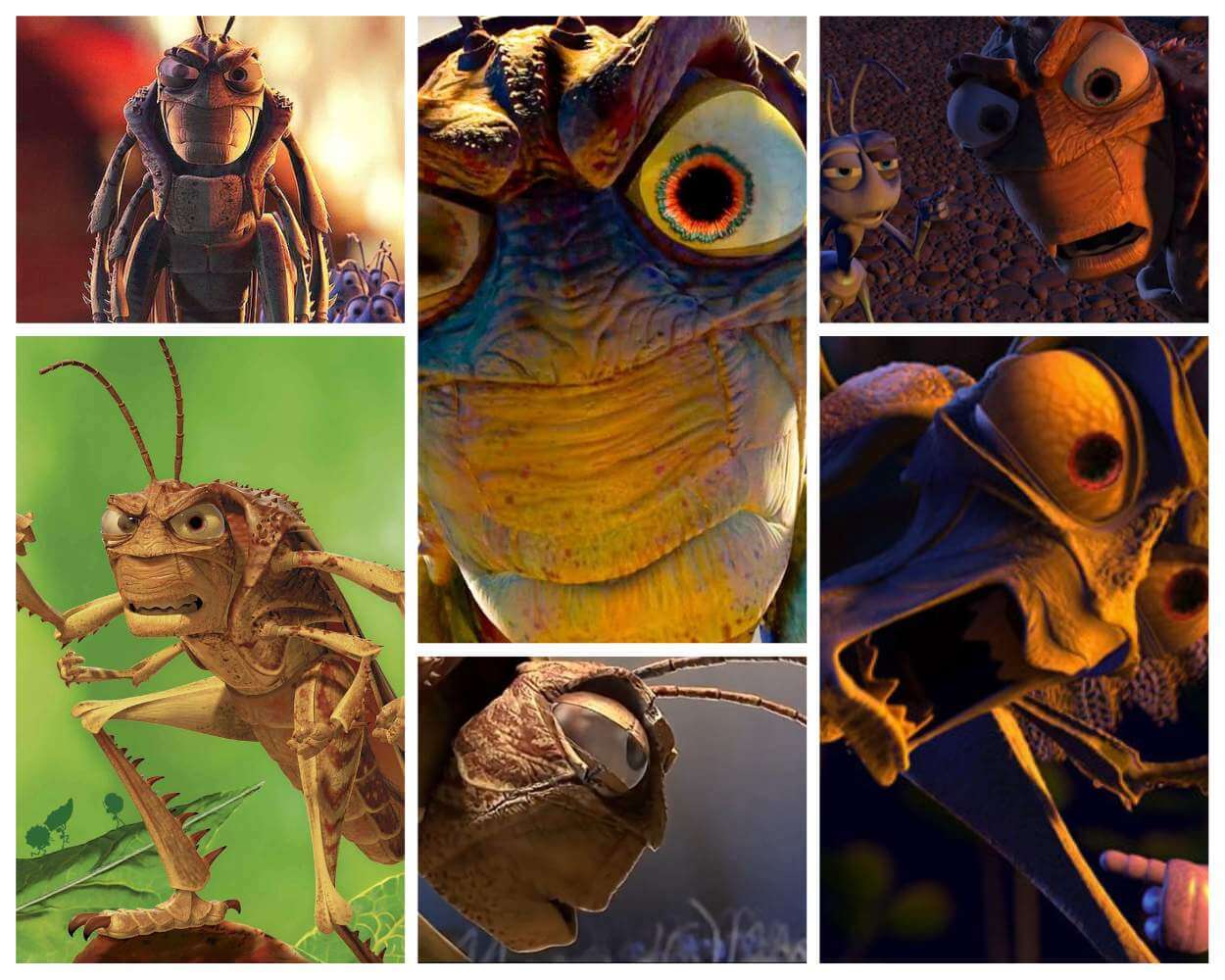
A combination of factors contributes to Hopper’s menacing presence. Kevin Spacey’s powerful and commanding voice plays a significant role. His distinct vocal performance imbues Hopper with authority and menace, making him a memorable character. Pixar animators deserve credit for expertly crafting Hopper’s design and fluid animation.
His unique, angular appearance, accentuated by piercing red eyes, establishes a sinister presence that distinguishes him from other characters in the film.
Hopper’s complex personality also adds to his lasting impact. He exhibits ruthlessness and cunning but balances these traits with intelligence and calculation. As a formidable foe, he continually adapts his strategies to retain control over the ant colony.
Hopper’s intelligence extends to understanding the power dynamics between grasshoppers and ants, recognizing that a united ant rebellion would shatter his control.
Lessons from Hopper
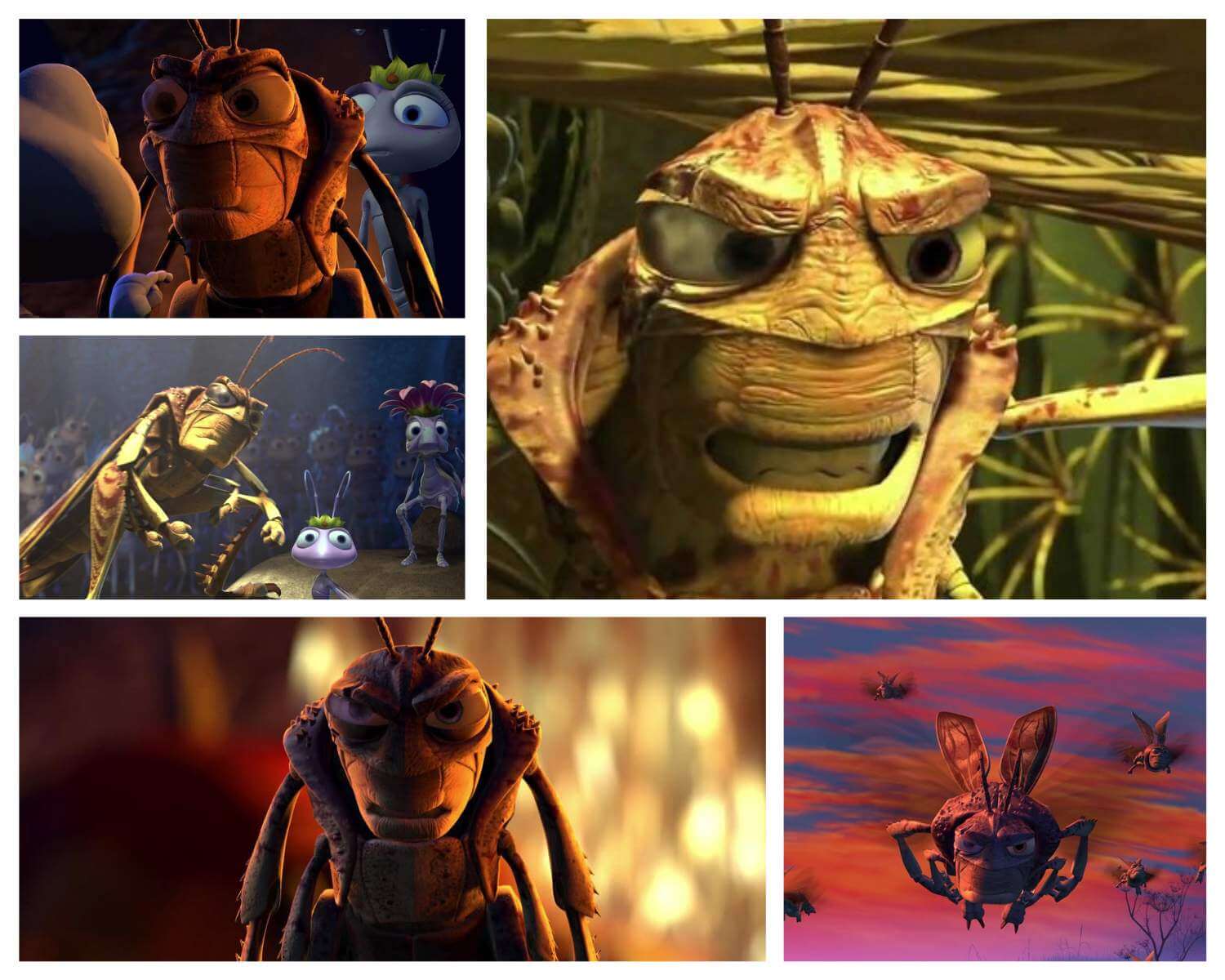
Despite being a villain, Hopper’s character is a powerful reminder of the importance of unity and resilience. His reign of terror over the ant colony is only possible because the ants are divided and lack the confidence to stand up to him.
Once the ants realize their collective strength and join forces with Flik and his band of misfit bugs, they can overthrow Hopper and his gang.
In a broader sense, Hopper’s character serves as an allegory for real-world issues of oppression and the power dynamics that can exist within societies. The film demonstrates that individuals who unite against a common adversary can achieve remarkable feats.
Hopper’s Legacy
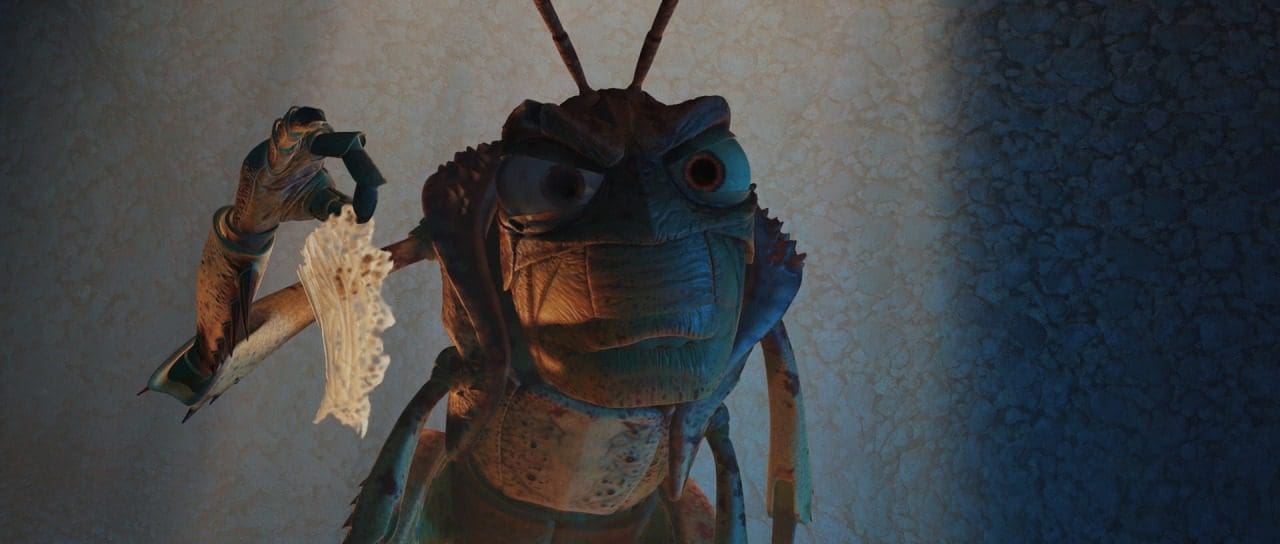
Over the years, Hopper has become a cultural icon and a prime example of a well-developed animated antagonist. Various forms of media reference and parody his character, and countless merchandise items feature his image. His enduring impact attests to the exceptional storytelling and character development in A Bug’s Life.
In conclusion, Hopper plays a vital role in A Bug’s Life. As the primary antagonist, he propels the narrative and poses a significant challenge for Flik and his newfound friends. Hopper’s menacing appearance, spine-chilling voice performance, and intricate personality create an unforgettable villain.
Furthermore, his character is a powerful reminder of unity and resilience during adversity. Hopper remains an iconic figure in animation, continuing to captivate audiences with his sinister charm.
Hopper’s Influence on Future Animated Villains
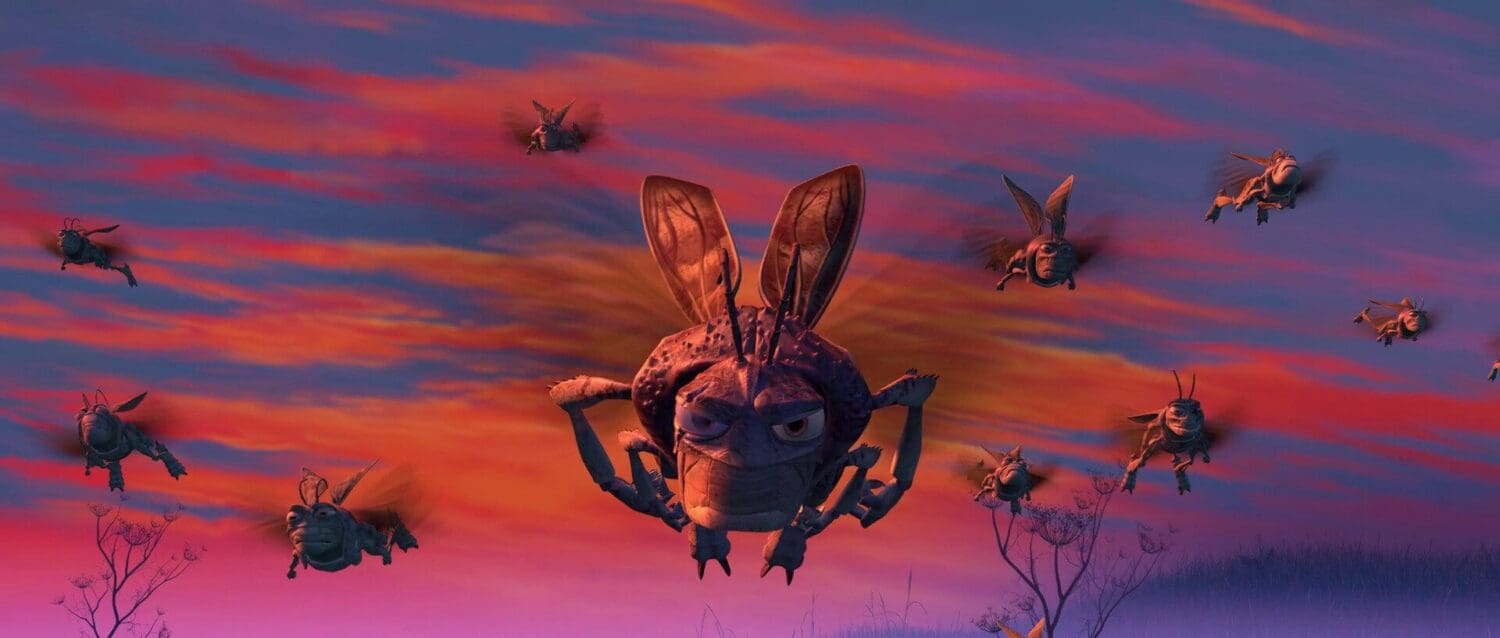
Since Hopper’s introduction in A Bug’s Life, the character has profoundly influenced the crafting of animated villains. Hopper paved the way for complex and multi-dimensional antagonists that captivate and resonate with audiences. This villainous character development approach is evident in later animated films, where antagonists display a mix of menace, intelligence, and occasional vulnerability.
Animated villains like Scar from The Lion King, Lord Farquaad from Shrek, and Syndrome from The Incredibles follow Hopper’s footsteps. These characters, much like Hopper, enchant audiences with their unique combination of charisma, cunning, and ruthlessness.
Animators and storytellers create engaging narratives that maintain viewer interest in the story by imbuing animated villains with depth and nuance.
The Timelessness of Hopper
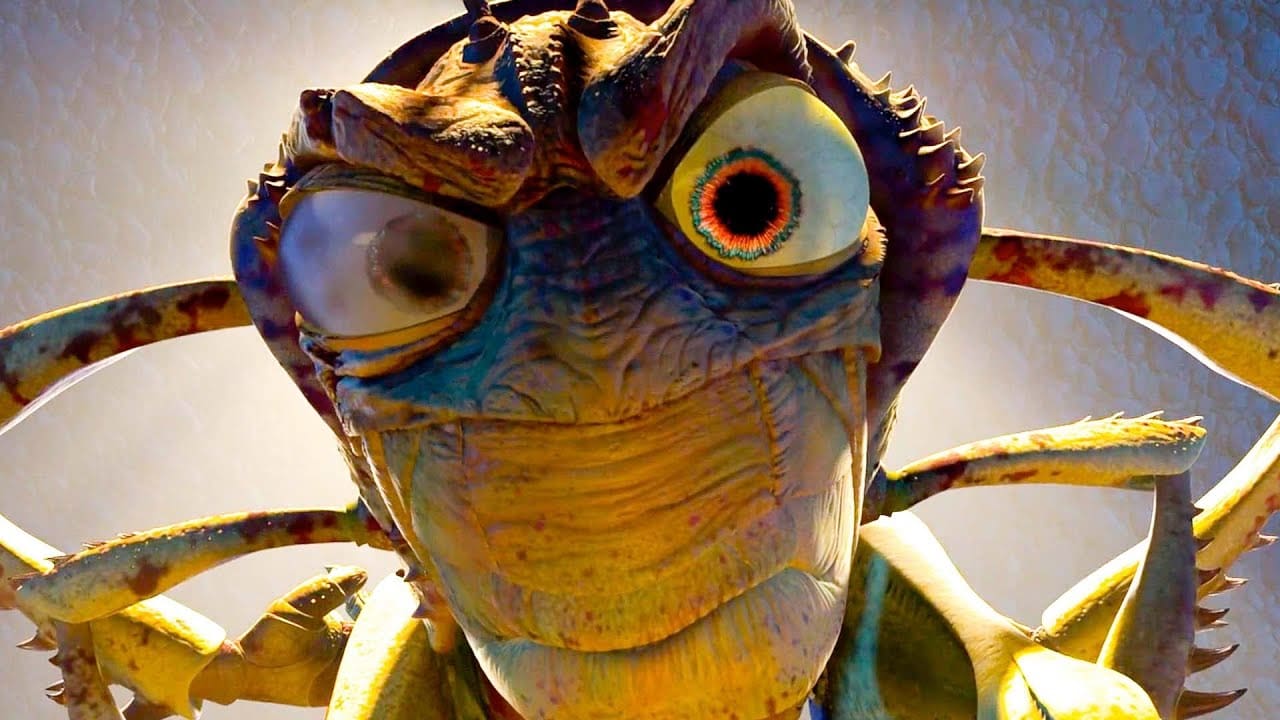
Hopper’s enduring resonance with audiences, even decades after A Bug’s Life’s release, testifies to his timeless character. As new generations encounter the film, they meet Hopper’s distinct villainy style. His impact on animation and the valuable lessons his character teaches ensure Hopper’s prominence in animated films.
Ultimately, Hopper’s lasting influence underscores the power of storytelling and the importance of crafting complex, multi-faceted characters. His unforgettable presence in A Bug’s Life contributed to the film’s success and laid the groundwork for future animated villains to enthrall audiences.
Hopper’s legacy and influence on the genre will persist as animated storytelling evolves.
Engaging with Hopper’s Character Today
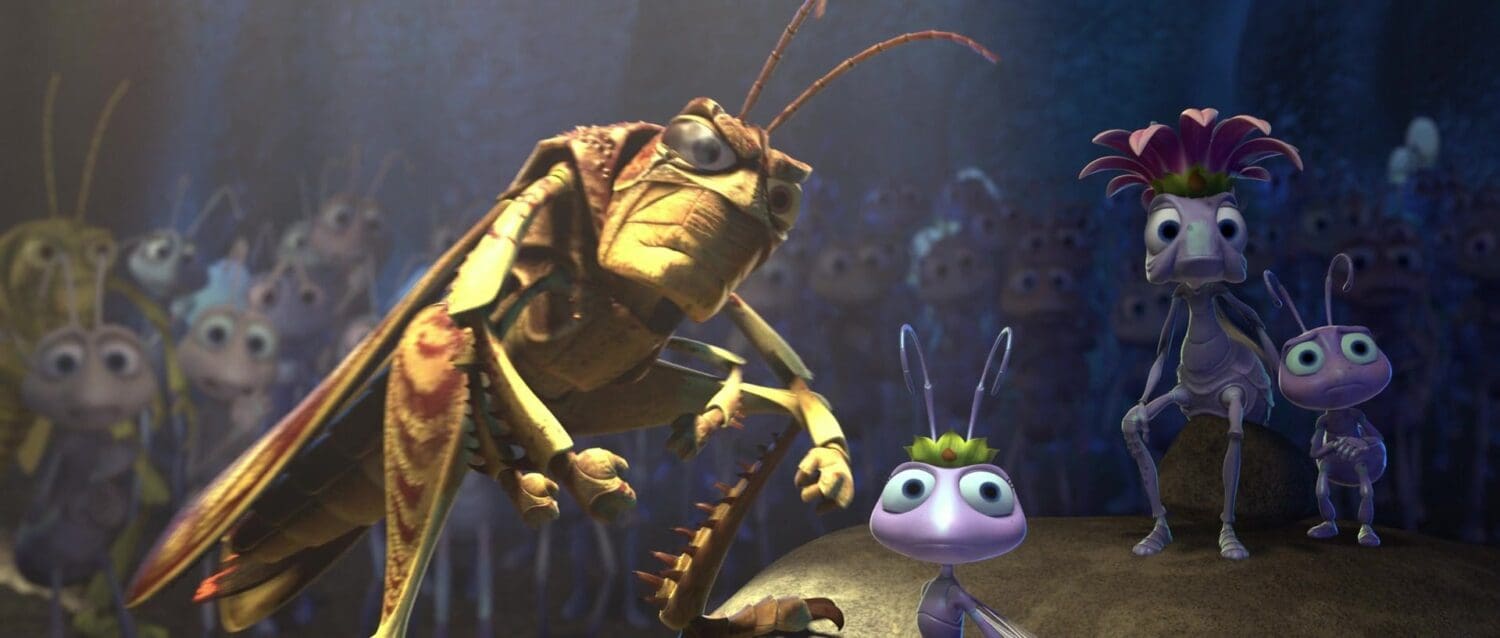
In an era where people often revisit nostalgic content and classic stories, A Bug’s Life, particularly Hopper’s character, presents a valuable opportunity to discuss important societal themes.
Parents and educators can use Hopper’s story arc as a launching point for conversations about oppression, power dynamics, and the importance of unity in overcoming adversity.
Furthermore, for those interested in animation and character development, Hopper provides an excellent case study to understand the intricacies of creating a memorable and impactful antagonist. Aspiring animators and storytellers can learn valuable lessons from Pixar’s techniques in bringing Hopper’s character to life, encompassing his unique appearance, voice acting, and psychological complexity.
Since A Bug’s Life’s release, Hopper has become an iconic animated villain. His character continues to fascinate and teach valuable lessons to new generations of viewers, solidifying his legacy in animation.
Who voiced Hopper in A Bug’s Life?
The talented actor Kevin Spacey provided the voice for Hopper, the villainous grasshopper in A Bug’s Life. His distinct vocal performance adds a menacing and commanding presence to the character.
What is Hopper’s role in the film?
Hopper is the primary antagonist in A Bug’s Life. As the leader of a gang of grasshoppers, he terrorizes an ant colony, demanding a portion of their food as tribute. His character helps to drive the narrative forward and creates conflict, ultimately leading to the protagonist’s development, Flik.
Why is Hopper considered an iconic animated villain?
Hopper is considered iconic due to his unique, angular appearance, chilling voice performance by Kevin Spacey, and complex personality. These elements combine to create a memorable and multi-dimensional antagonist that has left a lasting impression on audiences.
What lessons can we learn from Hopper’s character?
Hopper’s character is a powerful reminder of the importance of unity and resilience. When the ants in A Bug’s Life come together and unite against their oppressor, they can overthrow Hopper and his gang. This teaches audiences the power of collective strength and the ability to overcome adversity through teamwork and cooperation.
What are some of the key themes explored through Hopper’s character?
Hopper’s character explores oppression, fear, power dynamics, and the struggle for independence. These themes are emphasized throughout the film, as Hopper’s ruthless nature and control over the ants starkly contrast Flik’s journey of self-discovery and empowerment.